Sometimes our fruit and vegetable game gets stuck in a rut.
Our veggie drawers and our fruit bowls are full of the same selections, grocery trip after grocery trip.
While all fruits and vegetables contain loads of healthy nutrients, as season’s change, it’s nice to reach for something a little different than our standard fruit and veggie fare.
Here’s a look at ten summer seasonal fruits and veggies, most of them common but a few a little more exotic, and some of their health benefits.
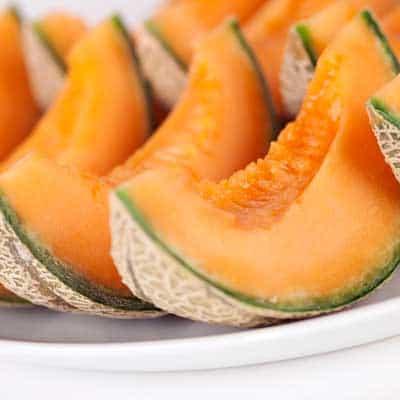
1. Melon
A watermelon or cantaloupe straight from the garden or farmer’s market is a summer treat that’s hard to beat.
Whether eaten straight from the garden or chilled in the fridge awhile, these melons come in varieties of colors, are super hydrating, and are rich in vitamins A and C.
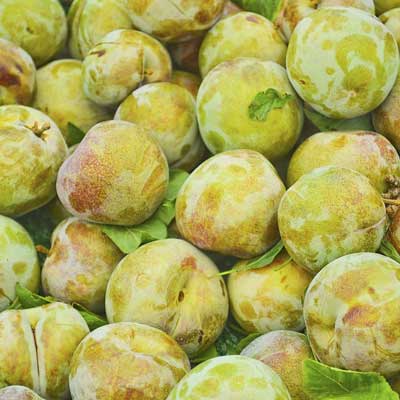
2. Pluots (Plumcots)
Pluots (also known as Plumcots), are a hybrid of a plum and an apricot. They’re ripe when they give slightly to pressure and can be eaten fresh or used in recipes in place of plums or apricots.
Pluots are high in Vitamins A and C, as well as dietary fiber, protein, and beta carotene.
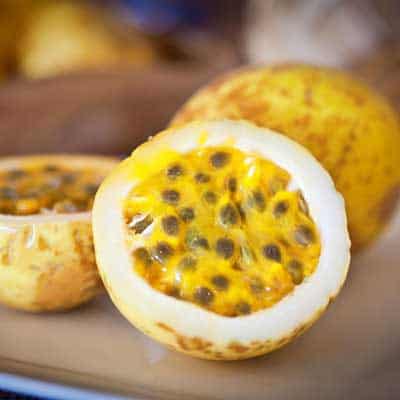
3. Passionfruit
The skin of passionfruit isn’t edible.
Choose small fruits with slightly wrinkled deep purple skin.
Slice open, and eat the inside (seed and juice) with a spoon. Passionfruit is a “gooey” fruit, known by some as the most delicious fruit in the world.
Passionfruit is rich in antioxidants, and high in Vitamin A, C, and Fiber.
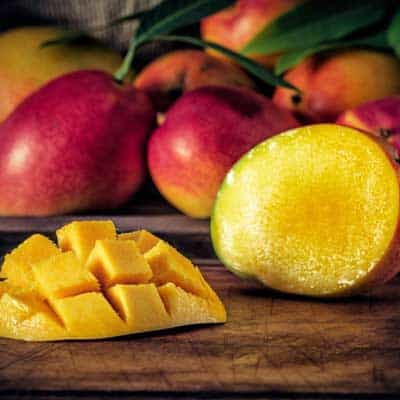
4. Mango
Mangoes are a decadent fruit packed with health benefits. When the outer skin dents a bit under pressure, the mango is ripe.
Peel your mango with a knife and then slice the fruit away from the (rather large) pit. Mango fruit can be eaten room temp, chilled, or even frozen.
Mangos are great sources of Vitamin A, C, D, iron, potassium, calcium, and contain about 10% of your daily fiber requirement (in just one mango)!
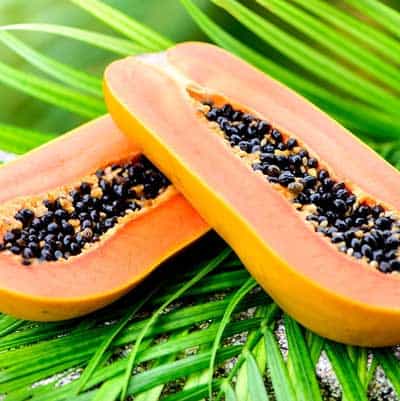
5. Papaya
Papaya is rich in vitamin A, C, folate, and has antioxidant properties. Papayas are rich in papain, which can help with indigestion and GI symptoms.
Papayas contain more beta carotene than carrots!
Papayas with smooth skin in the process of turning yellow, soft when pressed (very gently!) are ready to eat.
Papaya can be peeled with a vegetable peeler, then sliced open lengthwise. Remove the seeds and slice or cube the sweet, orange fruit.
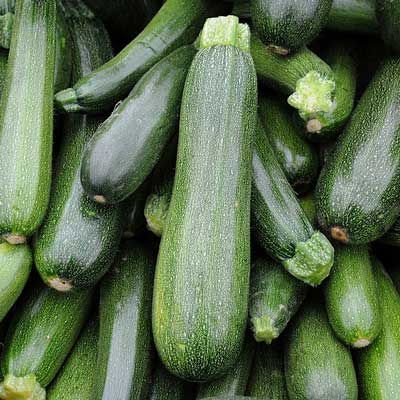
6. Zucchini
Zucchini grows great in summer and can be used very versatilely. Low-carb eaters love it for its ability to be a noodle substitute.
When it grows aplenty in a summer garden, people find all kinds of ways to use it– relishes, pickles, salads, breads.
Zucchini is high in potassium and manganese, as well as vitamin C and energy-boosting B vitamins.
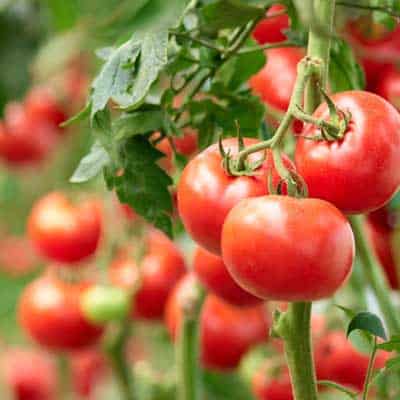
7. Tomatoes
A fresh summer tomato is beloved by many. All tomatoes are a good source of vitamin C, and red tomatoes are rich in the antioxidant Lycopene.
Selections that are firm, but give a little to pressure, are what you’re looking for when picking tomatoes.
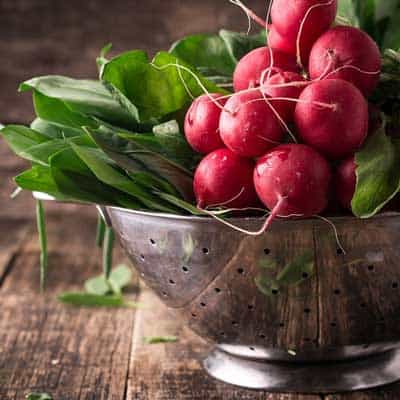
8. Radishes
Radishes, while typically overlooked, are a great source of nutrients. Radishes contain vitamin C and antioxidants. When choosing radishes, look for healthy green tops.
Radishes should be firm, not soft.
Because they grow underground, expect them to have some irregularities. Radishes can be eaten raw, but are also delicious roasted or pickled.
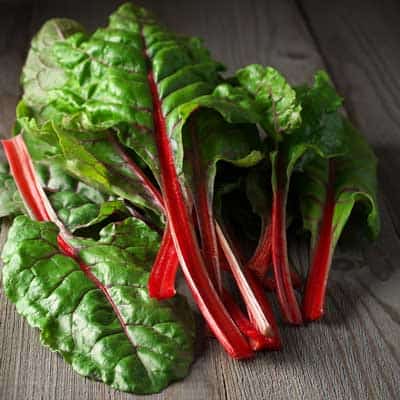
9. Swiss Chard
Chard is a relative to the beet family. Chard is a leafy green available year round and sold in bunches.
Choose a bunch with crisp stalks and shiny leaves. To prepare chard, remove the leaves from the center stem by using a knife or kitchen scissors.
Chard can be eaten raw in salads or smoothies and is often served sauteed in a bit of olive oil, seasoned with garlic and salt and pepper. Chard is a powerhouse source of vitamin A and C, and also contains iron and calcium.
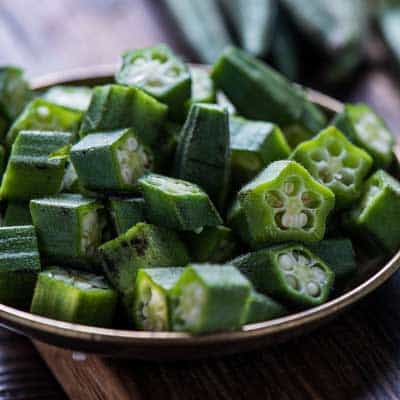
10. Okra
Okra loves heat, which makes it a perfect summer crop. Okra is often served fried, but can be served in a host of healthier ways as well– steamed, boiled, roasted, grilled, pickled, and even raw.
Okra is high in vitamin C, a good source of vitamin A, and contains calcium as well.










